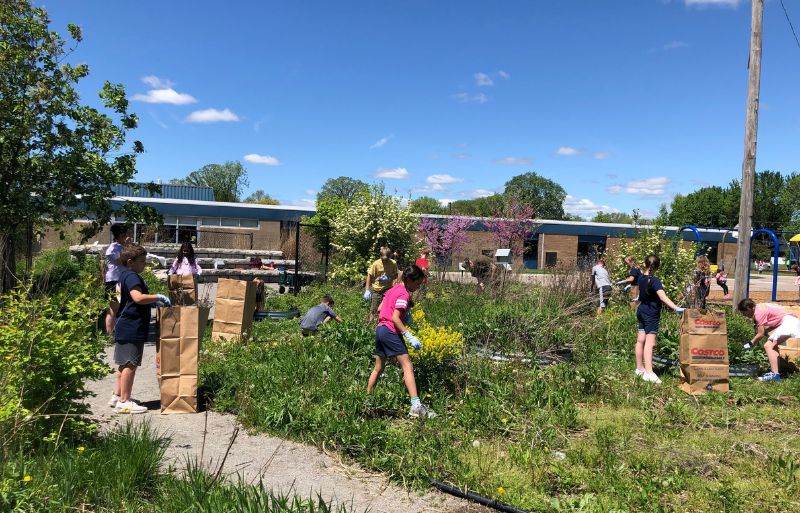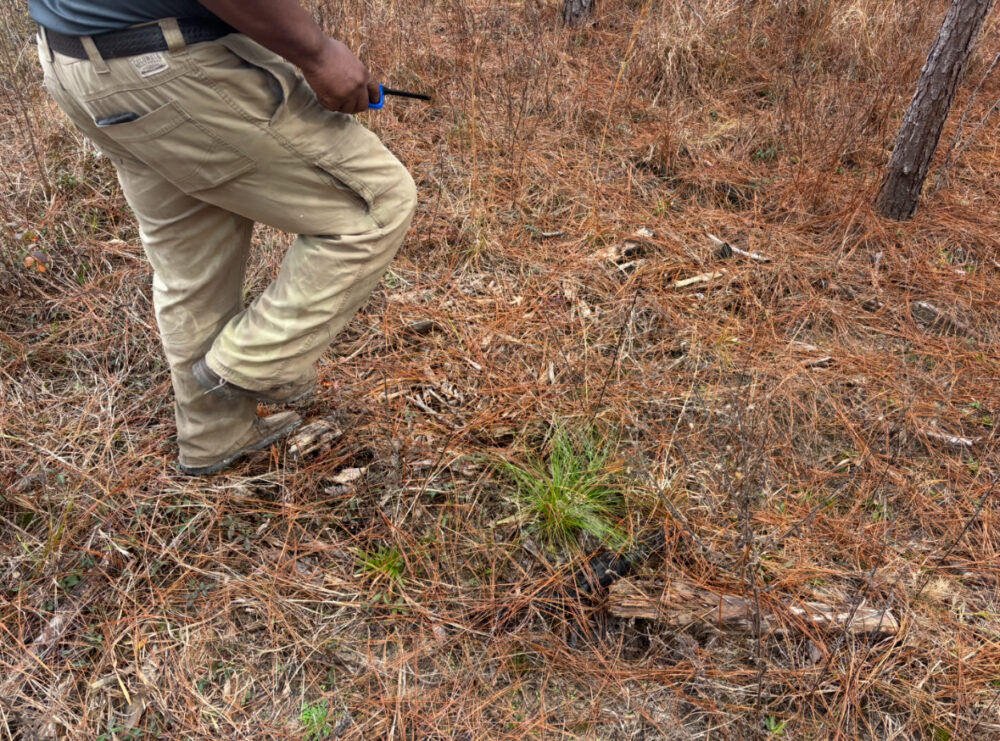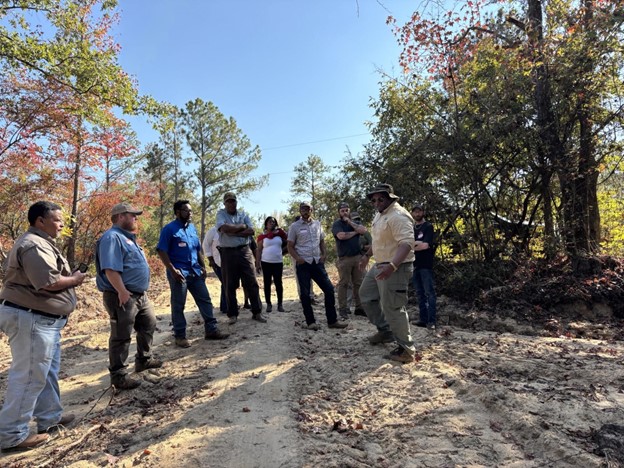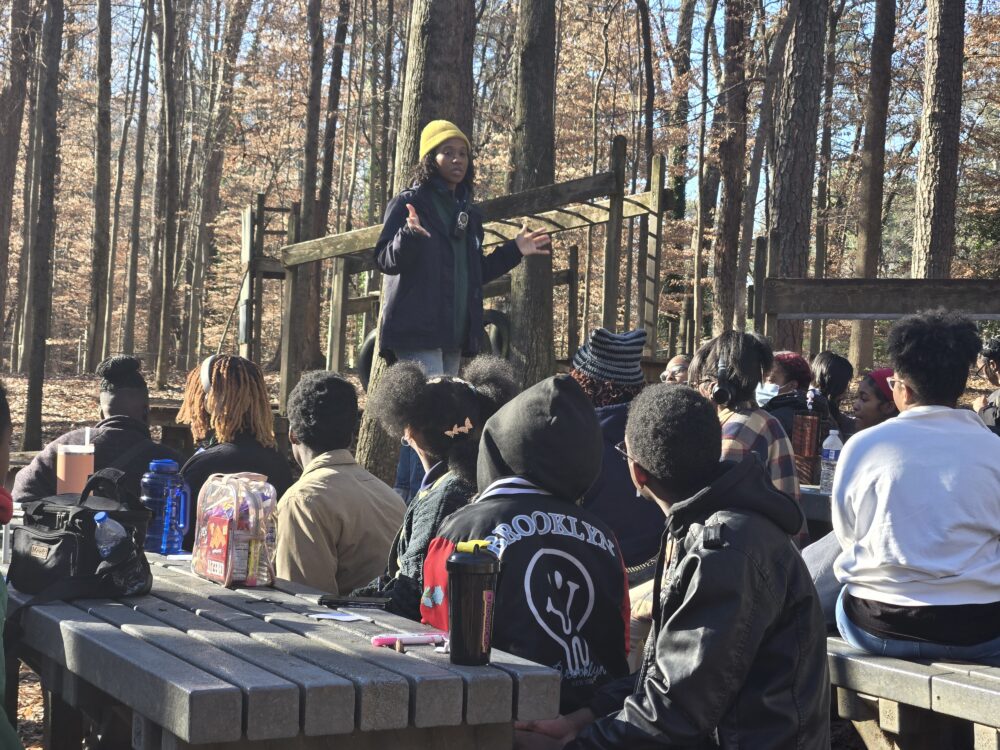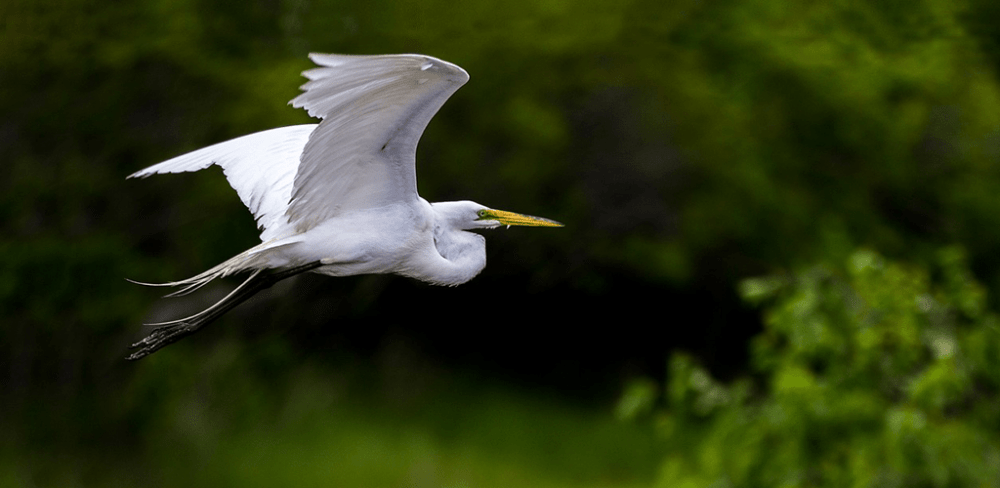We have much more to do and your continued support is needed now more than ever.
Restoration Project Monitoring–Why is it Important?
Restoring wildlife habitat is a wonderful way to protect the environment, but how does one know if a project is effective? – monitoring!
There are varying ways you can monitor restoration projects, with some requiring expensive equipment and expertise, while other monitoring can be done with very little equipment by community scientists. The National Wildlife Federation’s Coastal Resilience Program works with volunteers and partner organizations on the Atlantic Coast to restore coastal spaces by greening grey infrastructure and implementing innovative climate adaptation solutions along shorelines.
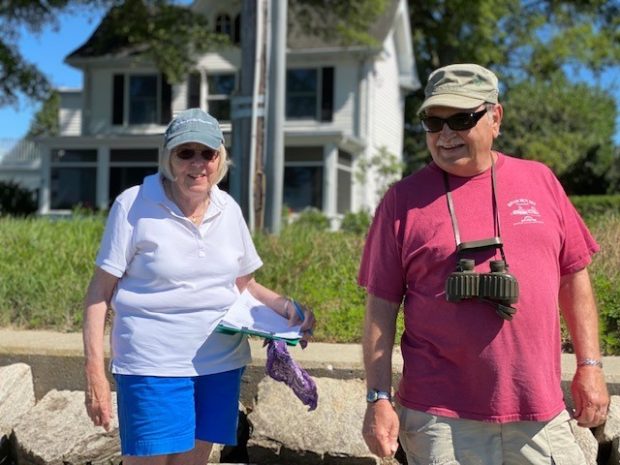
Effective evaluation
Restoration projects should be monitored to evaluate their effectiveness. The best monitoring plans assess before, after, control, and impact, also known as a BACI monitoring. It is ideal to monitor a project before and after construction to compare what is put on the ground to what was there beforehand.
Another best practice is to monitor the project site, site of “impact”, and a similar, yet undisturbed “control” site. This style of monitoring allows for a great comparison since the sites are monitored along the same time horizon. Novel restoration projects require monitoring for multiple years after implementation to help the restoration community understand how new restoration techniques function over time.
Assessing critical factors
When implementing a project such as a living shoreline, it is important to assess whether your project goals have been met. Project goals can be related to protection of critical infrastructure, wildlife habitat development, erosion control, etc.
The National Wildlife Federation is working with the Town of Oxford, Maryland to implement a living shoreline that uses low-lying dunes to reduce flooding of a critical access road. The project will also enhance sandy beach habitat for wildlife like horseshoe crabs and terrapins.
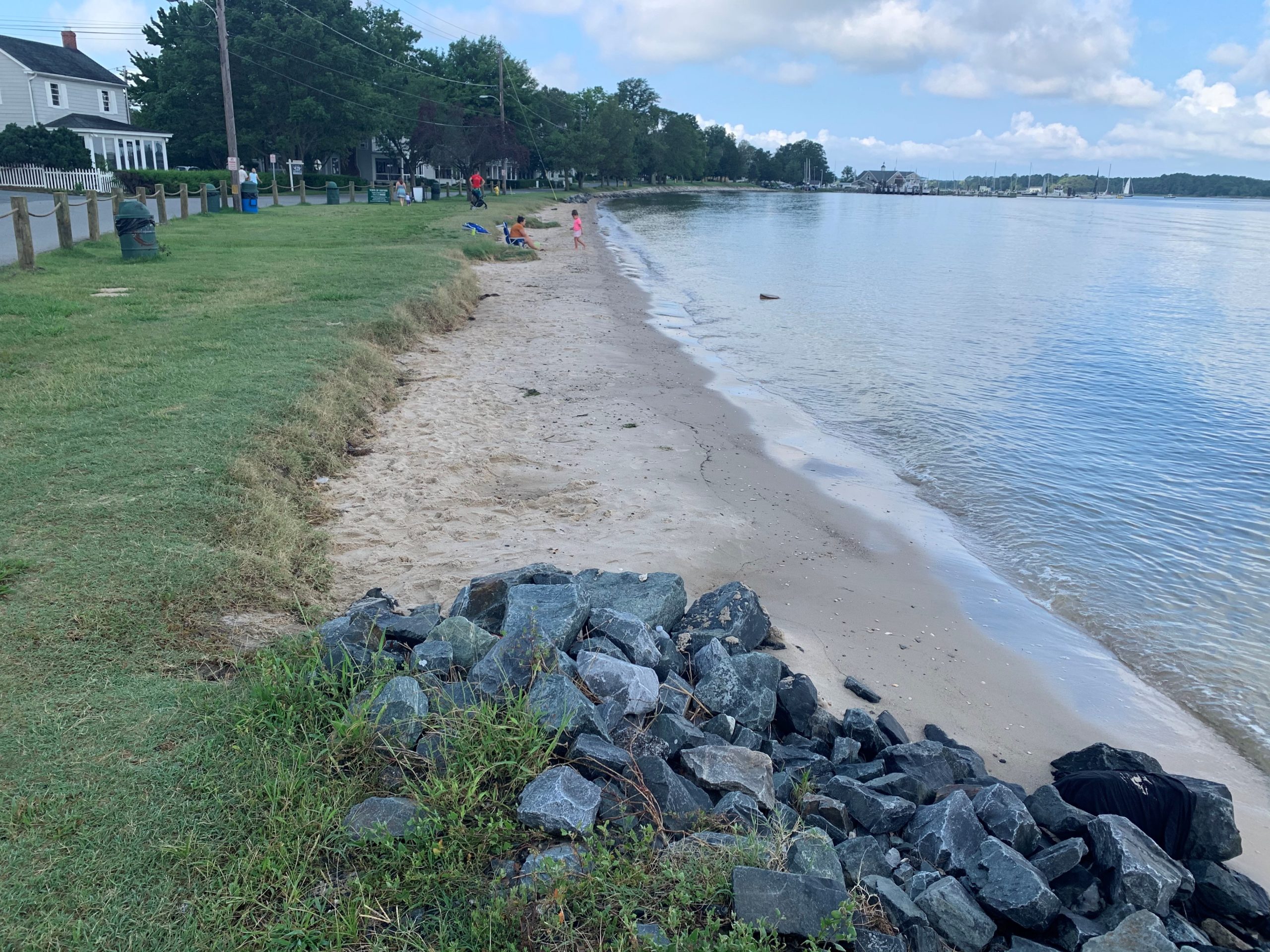
If the goal is protection of critical infrastructure and your project uses dunes or levees to protect from flooding, monitoring how often flood waters reach that critical infrastructure before and after implementation will help you determine whether or not your project was successful. If a project’s goal is to provide habitat for a specific wildlife species, monitoring for that animal is important to determine whether the project was successful. Additionally, monitoring the habitat itself, using metrics like vegetation counts and density, will help determine if the habitat is suitable for the targeted wildlife species. Monitoring allows a project team to assess these types of critical factors.
Sharing lessons learned
Monitoring takes time and resources, but it is essential to help us understand whether or not a restoration project has been successful. This kind of research helps to inform future projects. Additionally, restoration projects implemented without a plan for monitoring and maintenance after construction are more likely to fail to meet project goals. Monitoring can help prevent issues over time, such as invasive plants that can be addressed by early remediation.
The National Wildlife Federation prioritizes the monitoring of innovative nature-based projects. We are fortunate to work with partners such as the Maryland Department of Natural Resources that understand the value of monitoring. With help from our partners, we are able to monitor coastal restoration projects and share lessons learned with communities throughout the nation.



